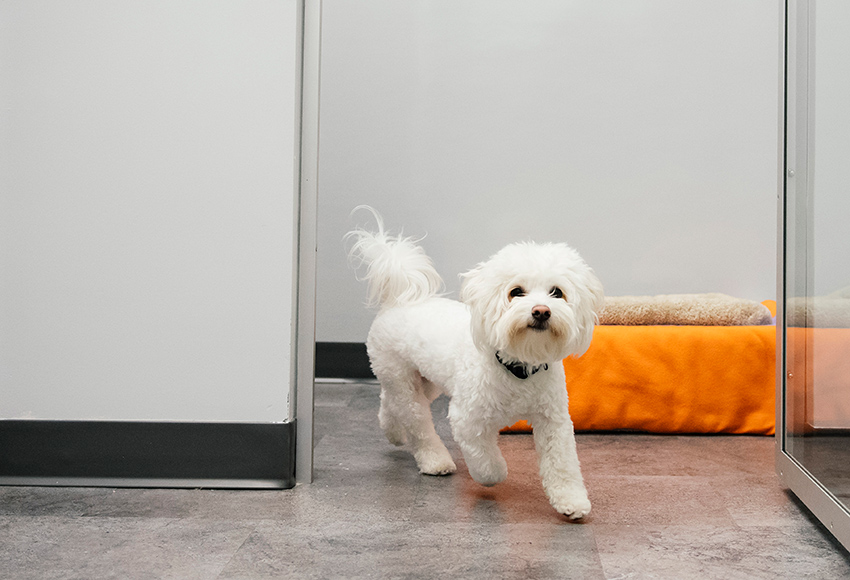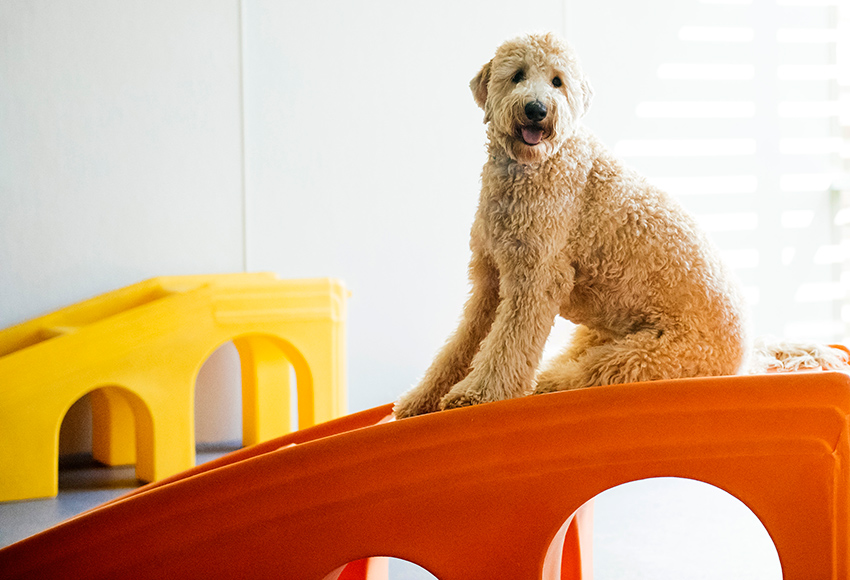Tips to Take Care of Excessive Dog Shedding
 Are you tired of vacuuming piles of fluff from around the house? We understand your frustration! While dog shedding may be natural and healthy for dogs, excessive dog shedding can be a warning sign for underlying health conditions. In this blog, we will share some tips on how you, as a dog owner, can control dog hair shedding to keep your surroundings fur-free.
Are you tired of vacuuming piles of fluff from around the house? We understand your frustration! While dog shedding may be natural and healthy for dogs, excessive dog shedding can be a warning sign for underlying health conditions. In this blog, we will share some tips on how you, as a dog owner, can control dog hair shedding to keep your surroundings fur-free.
Dog Shedding: What to Expect?
Different dog breeds shed in different amounts. Some breeds occasionally shed while some shed all-year-round. How much and how frequently a dog sheds also varies from breed to breed. A Golden Retriever, for example, that has a thicker double-coat is more likely to shed all year-round.
Dogs that shed seasonally shed the most during spring and fall. You will notice your dog’s coat becomes lighter in these seasons to prepare for warm and cool weather.
Some dog breeds do not shed at all. They are known as hypoallergenic dogs and have hair similar to human hair. They make ideal pets for people who are allergic to fur or dog hair. They can also make great companions for you if you do not want to spend each day cleaning up messes around your house. Some hypoallergenic dog breeds include:
- Poodle
- Maltese
- Chinese crested
- Afghan hound
- Schnauzer
5 Ways to Control Excessive Dog Shedding
While you cannot completely stop a dog from shedding hair, there are some steps you can take to control the amount of hair that your dog sheds:
1. Brush Your Dog Frequently
Regular brushing (daily or every 2 to 3 days) with a high-quality dog brush can help get rid of any loose hair in your dog’s coat. You can then clean it up from one place rather than when it spreads around the house. Regular brushing also incites the hair follicles, which promotes smooth, shiny, and vibrant hair.
There are several types of brushes available in the market. A bristle brush is the best choice for all coat types, whereas a wire-pin brush is ideal for curly and wooly coats. A slicker brush helps remove tangles and mats, whereas combs can help remove dead hair from short-haired dogs.
2. Feed Your Dog a Healthy Diet
You must ensure your dog has a balanced diet. All dogs need essential nutrients such as minerals and vitamins to keep their hair follicles growing strong. A balanced diet also ensures less hair fall and breakage. Add Omega-3 fatty acids to your dog’s diet you promote healthy hair growth and control dog hair shedding.
3. Increase Water Intake
Make sure your dog always has access to freshwater. Enough water intake can keep the skin hydrated. Dehydrated skin can aggravate hair loss and dig shedding. It is a significant cause of fur loss. Generally, a dog must drink one ounce of water for every pound of body weight each day.
4. Bathe Your Pet Regularly
Bathing your dog helps remove dead hair and cleans the dog’s coat. Using de-shedding shampoos and conditioners that contain moisturizers and Omega fatty acids can hydrate your dog’s skin and fur. This creates healthy and strong follicles. These treatments can also loosen the fur and remove the excess dog undercoat.
5. Control Fleas and Allergies
Monitoring fleas and allergies can help control dog hair shedding. If your dog scratches a lot, this will increase the amount of hair it sheds, so make sure you treat your dog regularly with a high-quality tick and flea treatment. If your pet’s skin seems itchy and irritated, or you feel like it is scratching more than usual, take it for a checkup to the vet.
Final Words
Excessive dog shedding does not need to take over your entire life. By following these few tips, you can control dog hair shedding and keep your pup’s coat groomed and healthy at all times.
If your dog is getting shaggy and you don’t have time to make it squeaky clean and fresh, bring it over to Dogtopia. We have a team of certified dog groomers that provide spa treatments for dogs using high-quality products. Please book an appointment today by filling out a contact form on our website or calling us on 346-209-2720.





